Nature & Gardens
1 in 9 of our species are currently at risk of extinction
Climate change has significant impacts on both humans and wildlife. Extreme weather effects like flooding, droughts and wildfires do not only cause issues to humans but may also cause irreversible changes to nature like loss of habitat for certain species. Therefore, protecting, restoring and enhancing our natural assets, and the species that inhabit them is essential. Many natural habitats like woodlands and peatlands are key in tackling the climate emergency as they are highly effective in capturing carbon and reducing emissions to mitigate climate change. The way we manage our gardens and public greenspaces also plays a vital role to combat the impacts of climate change.
Use this interactive map to find community groups who are focussing on protecting our natural environment. The map displays the details of many groups within Perth and Kinross, ranging from Climate Cafes, Development Trusts, Bloom Groups, Conservation Groups and Climate Action Groups.
The Scottish Biodiversity Strategy takes into account international targets agreed by the United Nations Convention on Biological Diversity. To deliver these at a local level, the Tayside Biodiversity Partnership was set up in 1998 with a Co-ordinator appointed in 2000. Its Working Groups and Species Interest Groups draw members from statutory bodies, local authorities, businesses and non-governmental organisations. They also include local community groups and individuals with a keen interest in ecology.
The 10-year 2nd Edition of the Tayside Biodiversity Action Plan was published in 2016. Its aims are to conserve and enhance the region’s biodiversity, taking into account both local and national priorities, co-ordinate existing actions and initiate and co-ordinate new ones. Collaboration is becoming ever more important with the need to plan on a landscape-scale and to tie in climate change targets at the same time.
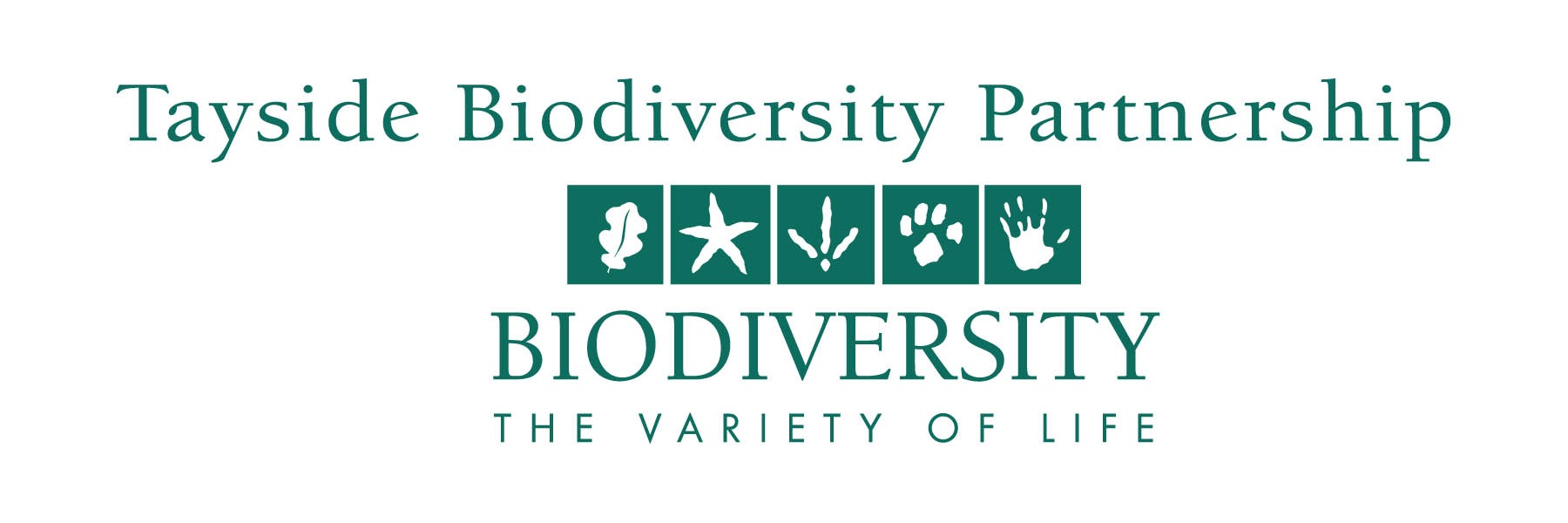
Planting native trees is a fantastic way to help tackle the climate crisis. Trees are essential for humans, wildlife and the environment. You might have a tree planting project in mind or want to join a group carrying out this type of action. Whichever way you decide to take part, by planting trees you are helping towards protecting many species of wildlife who depend on trees for both food and shelter. The Queens Canopy is a national initiative which helps everyone to plan, plant and protect trees. The Woodland Trust provides a comprehensive overview on how to protect woodland and biodiversity.
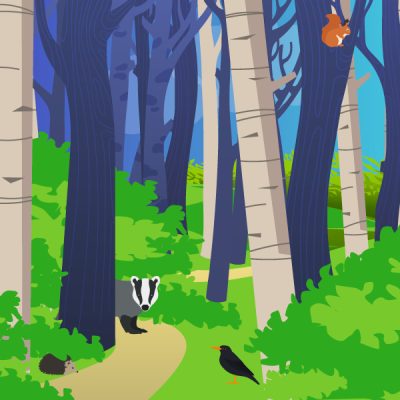
Schools
Perth & Kinross Council have recently produced new Tree Planting Guidance highlighting key information and considerations for tree planting in school grounds. Planting trees provides fun outdoor learning and helps to teach children about climate change.
We encourage all schools to consider their school grounds tree planting potential and involve pupils in caring for their environment to create a positive impact on the climate.
Native trees are available free for schools from the Woodland Trust and Carbon Footprint Ltd. Planting trees helps create woodland habitat, increases biodiversity, and provides an excellent learning resource.
The new guidance summarises steps to be taken before planting, for carrying out your planting, and for aftercare.
Advice to be considered before planting include the location of tree planting, underground services checks, suitable species for the location, best growing conditions, future maintenance, and calculating saplings needed for the available space.
The guidance also illustrate how to store your trees when they arrive, how to plant for a more natural look, and the different types of planting that can be undertaken.
After planting your trees will require aftercare and maintenance. The guidance provides important information on checking you have the right tools, caring for your trees, and enhancing your space.
Orchards
Schools across the country are taking part in the Tree Council’s Orchard for Schools programme. The Tree Council provide information you need to plan, plant and care for your orchard or fruiting hedgerows, start to finish. Orchards for Schools is our popular grant programme for UK schools that provides a free pack of fruit-bearing, wildlife-enhancing, carbon-storing orchard or fruiting hedgerow for your school! View Orchards for Schools free orchard and hedgerow packs (treecouncil.org.uk) for more information.
Wee Forests
Trees in urban areas help to clean our air, providing us with a safer environment which is better for our health. Many urban communities are considering ‘Wee Forests’ (Miyawaki Method), around the size of a tennis court, a densely planted area with native tree species which provides a space to capture carbon and be home to a wide variety of biodiversity. This method of planting creates diverse, resilient, and healthy forest ecosystems quickly. In addition, this method can be implemented on certain types of degraded land which improves urban spaces, whilst enhancing livelihoods and wellbeing. For more information on Wee Forest visit Nature Scot.
Woodland Carbon Scheme
As more woodland needs to be planted to lock carbon emissions and improve wildlife habitats, many land owners are utilising the Woodland Carbon Scheme by the Woodland Trust which guides them through this process of woodland planting.
Keep an eye out for tree planting days via our events page.
Community Woodlands
Communities can play a vital role in creating new woodlands by coming together to plan and implement tree planting projects. By identifying suitable land, such as local parks, school grounds, or underutilised public spaces, and securing necessary permissions from landowners and local authorities, community members can collectively enhance their environment. Through careful planning, community-led initiatives can create thriving woodlands that contribute to the well-being of both people and nature. Read our guidance document on Community Tree Planting for further help and advice.
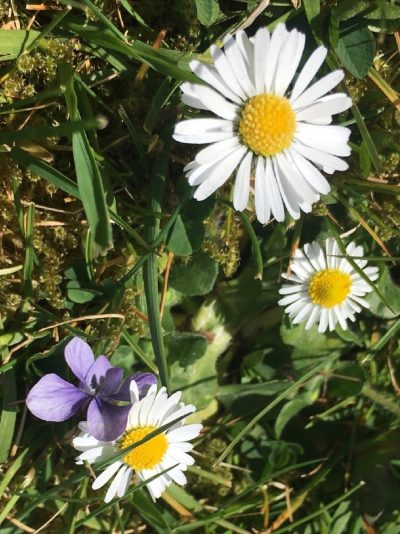
This useful garden planner below provides tips on how to make enhance nature within your garden throughout the year. Remember to use environmentally friendly products in the garden to protect wildlife (including the aquatic environment) and to reduce greenhouse gas emissions. When gardening aim to use native plant species, this includes seeds - Scotia Seeds provide a variety of native seeds. Also, local garden centres and nurseries often sell a variety of native plants and trees. If you are wanting to introduce hard landscaping such as paving, consider sustainable options which create natural flooding measures whilst protecting wildlife.
Garden for life
Pollinators such as bees, butterflies and hoverflies are important pollinators of crops and wildflowers. These insects are also food for animals like bats and birds. While these
insects can forage from a great variety of flowers, some of the plants
used in bedding schemes are of simply no use to these insects. The large blooms produced by theme plants can often create little to no pollen.
Keep Scotland Beautiful have created the Garden for life guidance, which lists pollinator-friendly plants. It’s important to have food for insects available from early spring to late summer.
Garden without peat
Keep Scotland Beautiful have created the Garden without peat guidance. It highlights the importance of protecting peatland as our wildlife needs peat more than we do.
We must use peat free compost in our gardens to ensure peatland bogs are not damaged any further. These bogs play a vital role within the ecosystem and once destroyed it releases CO2 into the atmosphere and takes thousands of years for the peat to build up again.
There are now really good alternatives which the Royal Horticultural Society says ‘support healthy growth and good flower and fruit production’ for all kinds of plants.
Creating a Resilient Garden
The Royal Horticultural Society produced the ‘Gardening in a Changing Climate’ report. The report provides recommendations on how gardeners can adapt to climate change through plant choice and garden design. The report also outlines ways in which gardeners can manage their garden to enhance carbon sequestration and flood alleviation.
An Easy Guide to Composting At Home
Zero Waste Scotland provide an easy step by step guide on how to compost at home. By composting at home it saves money, saves resources, reduces carbon emissions and helps improve garden soil. Learn more about the benefits of composting at home.
Spring
The following steps can be followed to make sure bees and other pollinators have a food source. Look out for the RHS ‘Plants For Pollinators’ logo.
- Plant tender summer-flowering bulbs in early spring
- Start sowing and planting - why not try, kale, alpine strawberries, chives, marjoram, and onions
- Do not cut grass in early spring, instead hold off until mid-April as this will allow bees and other pollinators a chance to feed on wildflowers.
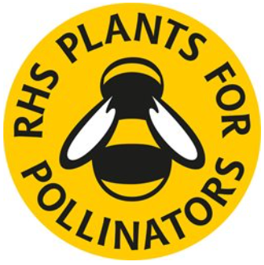
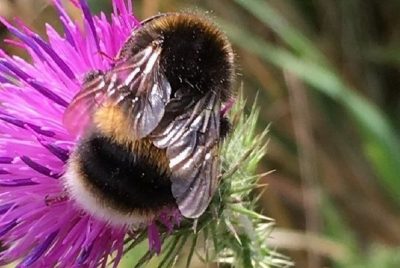
Summer
Wildflowers and Grass
Maximise your lawn for wildlife. Try relaxing your mowing in these specific areas which will become attractive mini meadows. You can observe the space in the first year and if you feel more wildflowers are required there are ways to achieve this. To create a flower rich lawn which will encourage butterflies, bees, and moths, try sowing seed indoors or under cover in early spring, once seedlings appear you can plant them (plant plugs) into your grass.
As climate change impacts our weather your longer lawn will also be more resilient during droughts. Mow your lawn from the end of July onwards (once all the flowers have spread seed), this will encourage more wildflowers in the following year.
When mowing or strimming long grass check there are no hedgehogs, toads and other creatures taking shelter in these spaces.
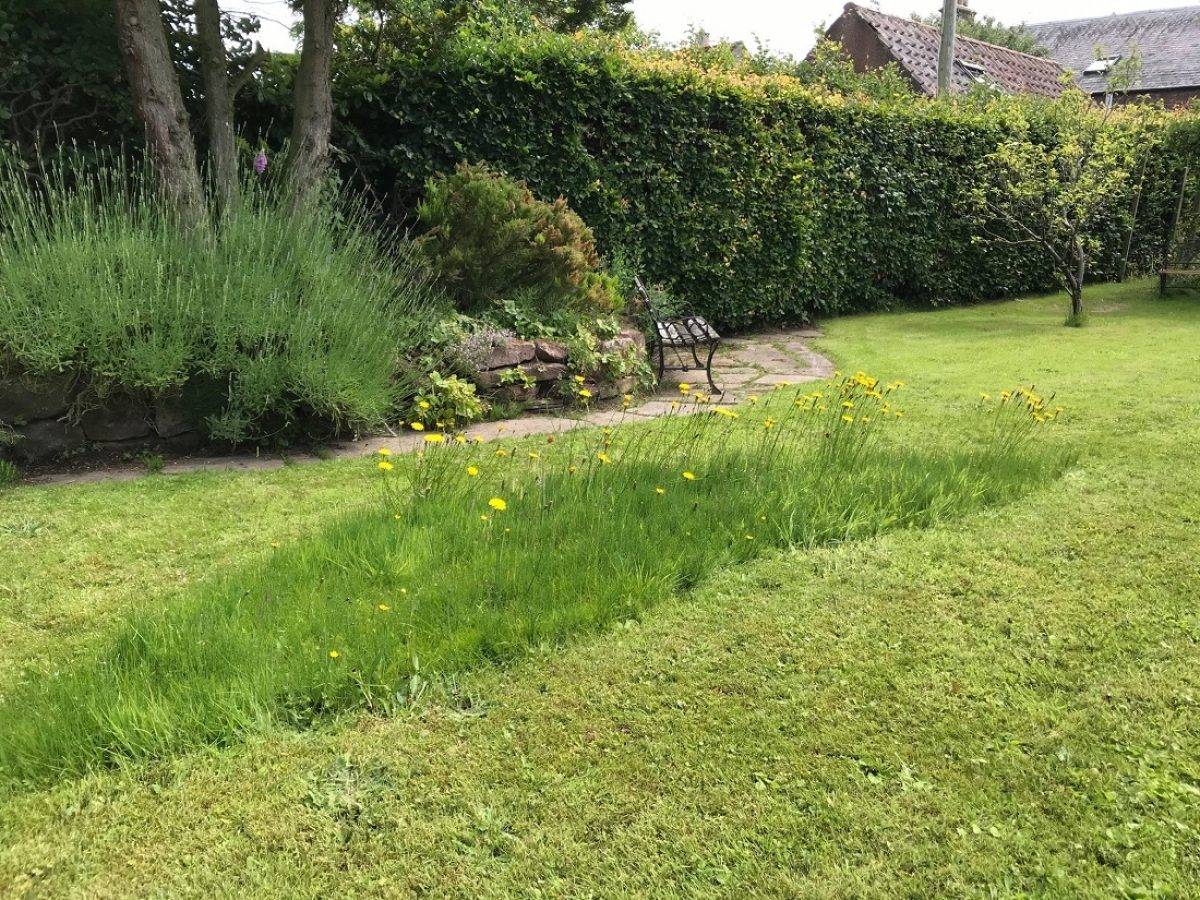
Hedgerows
Hedgerows are natural boundaries which create the perfect habitat and shelter for wildlife such as birds, insects, hedgehogs and small mammals. These hedgerows create an effective boundary for humans and properties, but more importantly they become safe passages which allow wildlife to roam freely. Hedgerows create safe nesting sites for birds such as sparrows and bulbs can be planted at the base to help pollinators, i.e. snowdrops, primroses, ramsons, etc.
Fences act as a barrier to wildlife, but if you are not able to have a hedge try and make your fence wildlife friendly by growing a variety of climbing plants such as honeysuckle, single-flower roses and clematis. You can also cut 40cm holes (CD – sized) in the bottom of your fence to allow hedgehogs and other wildlife to move from garden to garden.
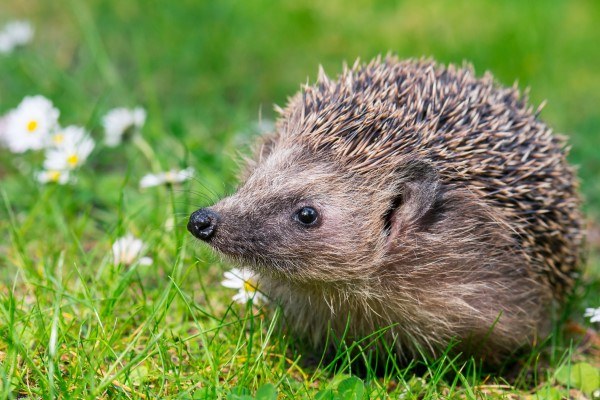
Autumn
Think ahead, start planting up your spring bulbs in pots. An easy and effective way to have colour throughout the whole of Spring is to use the bulb lasagne method. This method involves layering bulbs to maximise the space of an individual pot. For your top layer, try planting some winter flowering plants such as primrose or heather, this will provide colour until the spring arrives.
Compost heaps, leaves and dead wood should not be touched during the autumnal and winter months. These are ideal habitats to keep wildlife safe during the colder months.
To get the most out of your flower-rich lawn, mow it short from September to February when needed. Remember to remove the clippings to add into your compost.
Make an insect or bug hotel and put up in a sheltered position, to protect bugs during the winter.
Garden birds benefit from feeding year-round, but in late autumn and through into winter high fat content feed should help them keep warm. Remember to feed birds regularly so that they do not waste vital energy visiting your garden when there is no food. Continue to feed high fat feed until spring arrives.
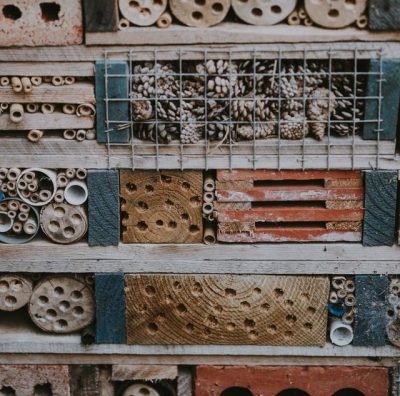
Winter
Gardeners can make a significant contribution to supporting wildlife over winter.
Provide a shallow dish or container of drinking water at ground level for birds and other garden wildlife. Gently crack ice on top of bird baths and small bodies of water such as ponds. Time to make or improve your pond - the Just Add Water booklet has lots of advice.
In late winter, clean out bird boxes so they are ready for new nests in spring.
Leave healthy herbaceous plants, hollow-stemmed plants, and deciduous grasses unpruned until early spring. These can provide homes for insects during the colder months.
No garden
Create a micro garden with pots and containers, plants such as lavender, rosemary, sage and thyme will help pollinators whilst providing a lovely scent.
Are you a wildlife enthusiast or want to learn more? Record and find out about species in your garden and in the wild. Explore your garden and the great outdoors to spot a variety of plant and animal species. By recording wildlife you are supporting conservation and education efforts to protect species.
Every Action Counts - Tayside's Local Patch Project
If we know what wildlife is using "our patch" we can look after it - and enjoy it! This can be in your own garden or allotment, school, business or care home grounds, or a local park or graveyard. We need your help to find out more: every action really does count. Please record and share observations of your local pollinators, birds, animals, trees or wild plants. Or aim for a "bioblitz" of your patch recording all the species over a short time - or each season.
 iRecord is a site for entering and sharing yourwildlife observations,passing them on to others |
 iSpot is primarily a community forum for assisting wildlifewatchers with identification |
 | Scottish badgers |
 | Amphibians https://groups.arguk.org/tayarg |
 | Bats https://www.bats.org.uk/our-work/in-scotland/the-scottish-bat-project The Bat Conservation Trust provide guidance on how to encourage bats into your garden. |
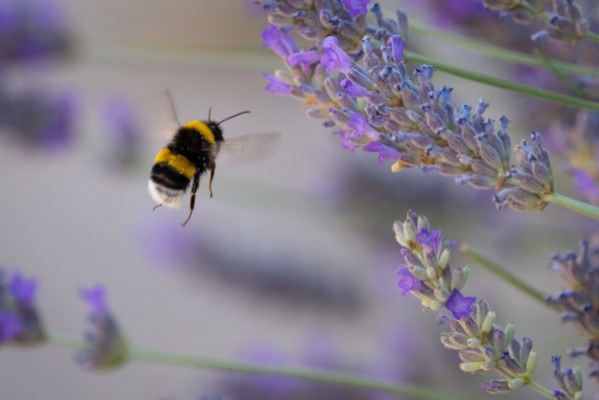 | Bees Surveys - Bumblebee Conservation Trust |
 | Butterflies Recording Butterflies and Moths | Butterfly Conservation (butterfly-conservation.org) Surveys | Butterfly Conservation (butterfly-conservation.org) |
 | Red Squirrels https://scottishsquirrels.org.uk/squirrel-sightings/?ssrs_sighting_add=1#BreadcrumbsAtTop |
 | Birds Welcome to the Scottish Ornithologists' Club (the-soc.org.uk) https://www.bto.org/our-science/projects/birdtrack |
Helping your school, hospital or sheltered housing complex to create a wildlife area in its grounds is an excellent way to play your part in enhancing nature to combat climate change. Planning an attractive outside recreation area for work lunch breaks or as an alternative summertime waiting room at your health centre is also a very creative way to get involved. By planting shrubs and flowers attractive to butterflies, birds and bats, you will benefit wildlife, climate change and your health.
Find out more at https://www.taysidebiodiversity.co.uk/get-involved/get-involved-do-a-little-change-a-lot-every-action-counts
Schools - Planting Trees
Native trees are available free for schools and community groups from the Woodland Trust and Carbon Footprint Ltd
Perth & Kinross Council have recently produced new Tree Planting Guidance highlighting key information and considerations for tree planting in school grounds.
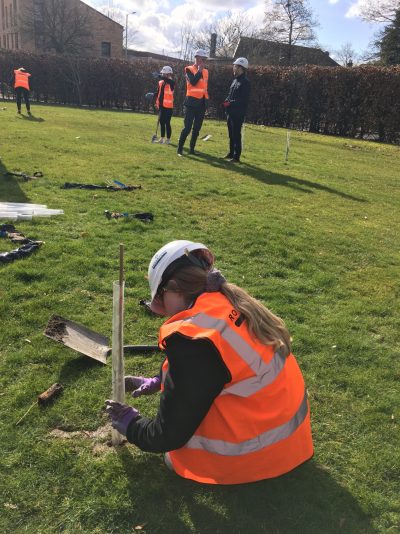
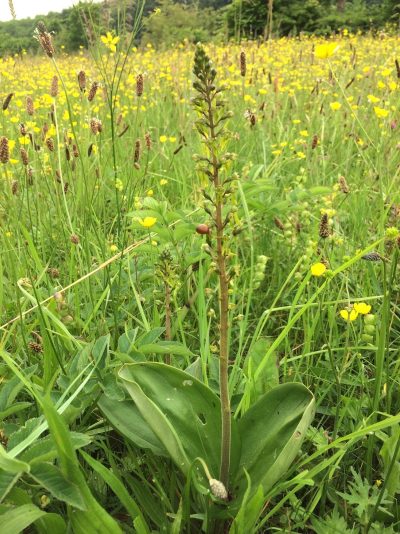
Suggest a community orchard or wildflower meadow be created for all ages to enjoy – this can benefit both mental health and wellbeing, as well as, biodiversity. Join the Scottish B-Lines project by Buglife to create flower rich habitats and insect highways, allowing our wildlife to move freely throughout on country.
Food Growing
Join your local allotment or community food growing area and grow your own food by reducing your contribution to climate change. For more information on how to make your allotment better for biodiversity, please see our guidance on nature friendly allotments.

This story map provides an overview of each food growing site currently identified within Perth & Kinross. If you would like to enquire about available allotment plots, join a community garden or food growing area, please get in touch directly with the community group who manages the site. If you have a project idea and would like to discuss potential support, please complete the following form.
Do A Little - Change A Lot! Every Action Counts
Join and help a conservation group – see new places, learn about your environment and keep fit at the same time. Don’t buy souvenirs that encourage exploitation of the natural world – either here or abroad. Support ‘green tourism’ initiatives on holiday and participate in any green schemes run by hotels and guesthouses.
Help support climate action by mapping Fairtrade outlets across Perth and Kinross.
Perth and Kinross has been at the forefront of the Fairtrade Towns movement in Scotland.
Aberfeldy became the first Fairtrade Town in Scotland in 2002 and Kinross-shire became the first Fairtrade County in Scotland in August 2005. Perth became a Fairtrade City in 2005, before other major cities such as Glasgow and Inverness.
In 2020 Perth & Kinross renewed its Fairtrade Zone status! Being a Fairtrade Zone is a powerful message that we, the people of Perth and Kinross, care about the lives of workers in developing countries and we want to play an active role in fighting global poverty.
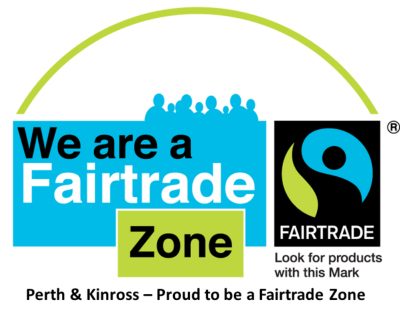
More information can be found on the Perth & Kinross Council website.
Choosing Fairtrade is one method to support people most threatened by the climate crisis. This short video below explains why and how Fairtrade is part of the journey to climate justice.
Fairtrade also supports farmers to combat climate change through technical advice from our expert Producer Networks and our environmentally friendly Fairtrade Standards.
Our Fairtrade Standards require small producers to take steps to:
- Adapt to climate change
- Reduce greenhouse gases and increase carbon sequestration
- Avoid deforestation and protect forests
- Tackle soil erosion and increase soil fertility
- Reduce water wastage
Perthshire Nature Connections Partnership | Perth and Kinross Countryside Trust (pkct.org)
Tayside Biodiversity Partnership
Making Way for Nature (In our gardens, allotments, orchards and community spaces)
Nature Scot: Make Space for Nature
Garden For Life Resources | Keep Scotland Beautiful
Materials and resources » NNSS (nonnativespecies.org)
National Planning Framework | Transforming Planning
https://www.scottishfairtradeforum.org.uk/get-involved/fair-trade-finders-scotland/
Community Groups
Please see the interactive map for a full list of community groups and projects within Perth and Kinross
Climate Action Strathearn
Birks of Aberfeldy Community Group
Portmoak Community Woodland Group
Dunkeld & Birnam Community Orchard
Kinnoull Hill Woodland Park Group
Blairgowrie and Rattray Community Development Trust
Climate Cafes
| Climate Café Kinross-shire |
| Climate Café Perth |
| Climate Café Pitlochry & District |
| Climate Cafe Aberfeldy |
| Climate Café Blairgowrie and Rattray |
| Climate Café Birnam & Dunkeld |

